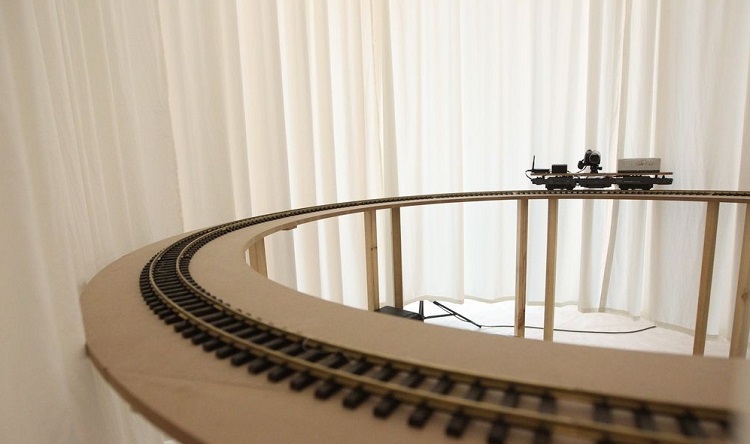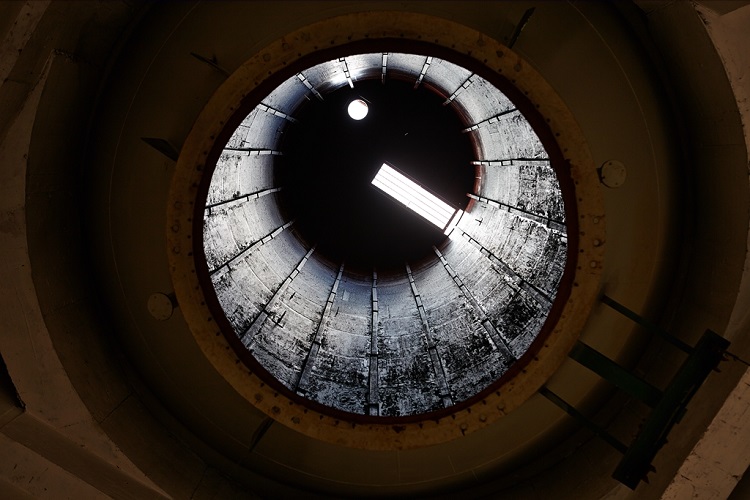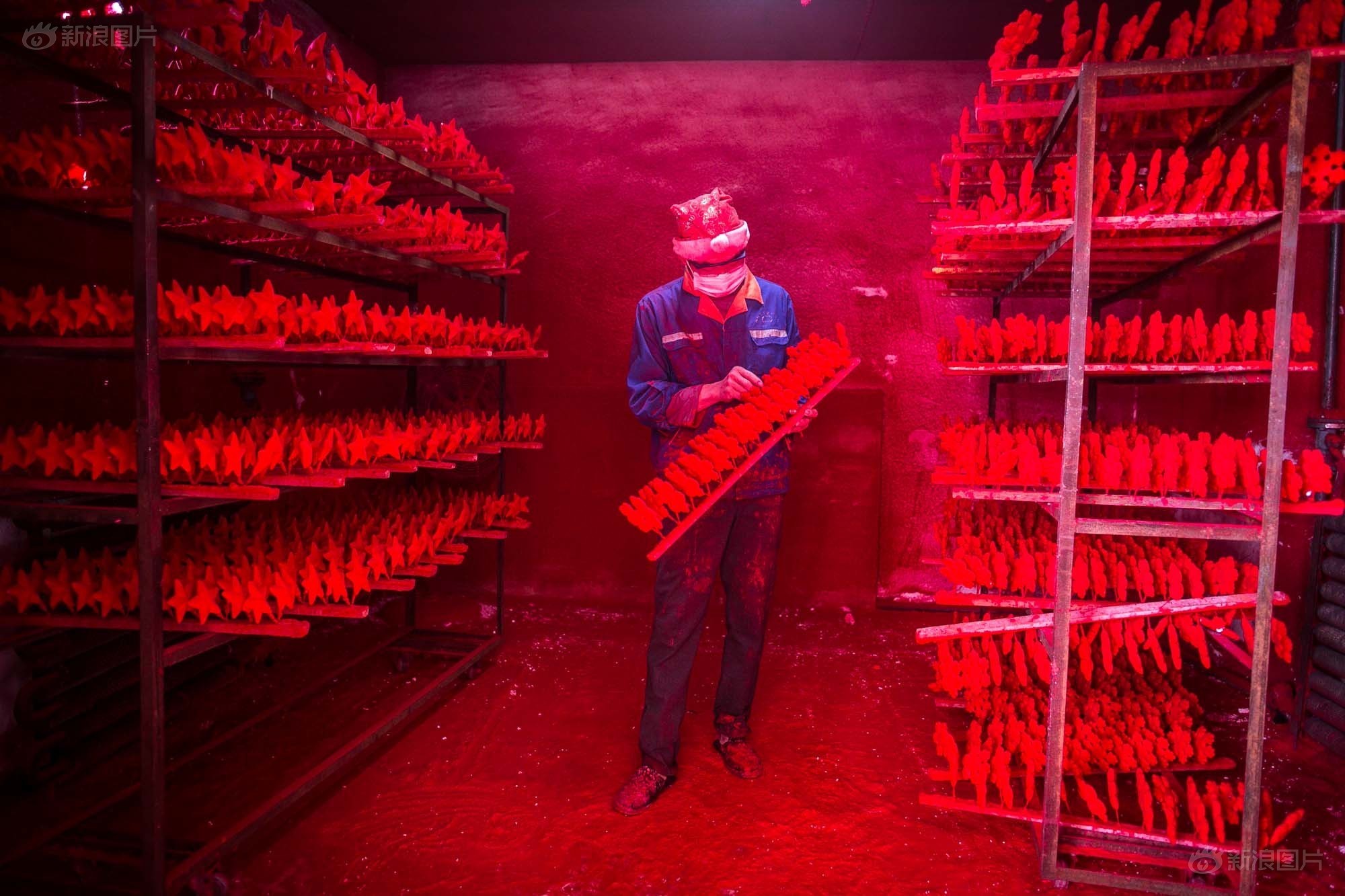Curated by Marko Daniel, the 8th Shenzhen Sculpture Biennale is currently underway. Daniel, who also works on public programs for London’s Tate Modern, has selected pieces around the theme of ‘social sculpture.’ A concept originally developed by the late German artist and theorist Joseph Beuys, it expands the notion of sculpture from material objects to social relationships, building a “social organism as a work of art” by engendering relational and participatory artworks. Here, we’ve picked some of the highlights.
 Theater Dreams of a Beautiful Afternoon by Meiro Koizumi (Japan)
Theater Dreams of a Beautiful Afternoon by Meiro Koizumi (Japan)
This video piece was filmed in the Tokyo metro system. It begins with an interior view of a metro hurtling through the city, the silence suddenly shattered by a commuter (an actor hired by Koizumi) who is asleep and then begins to talk to himself, asking questions that gradually become louder, more intense and punctuated by sobbing. The film focuses on the awkward silence and body language of his fellow passengers as their everyday routine is ruptured.
Speaking about the commuter, Koizumi says: “When he begins sobbing, people don’t respond to him at all. They’re so used to ignoring such behavior. So I asked him to perform again and again. Each time, I asked him to cry louder and louder. During the eighth take, I asked him to just scream at the top of his voice, and we finally managed to shatter people’s masks. They are forced to participate in my video.”
National Columbarium of Singapore by Michael Lee (Singapore) (pictured at top)
The National Columbarium of Singapore is a hypothetical institution created by artist Michael Lee. Commissioned and exhibited by the National Museum of Singapore, this installation features 45 models representing the national buildings of Singapore that existed from 1838 to 2010. Not all of these are historical – about half are fictional; they either haven’t been built yet or they are entirely imaginary. Lee’s aim is to provoke reflection on what constitutes ‘historical value’ in urban conservation debates. He believes the value of imagination is as important as reality: what kind of city could we have had? Accompanying the installations of 1:100 scale models is a poster that compiles details and anecdotes relating to each of the featured structures.

Working in the industrial area of Dongguan, artist Li Jinghu purchased and collected used vessels – mainly stainless steel tableware – from the junk market near his studio. Filled with water, these containers are arranged in a field on the gallery floor as a poetic evocation of the near yet absent sea, whose cooling breeze can be felt even in the factories. Workers from the interior of China – most of whom, the artist says, had never seen the ocean before – left home "longing for the sea" as a metaphor for their dreams of a better life. While their decision-making was inspired by economic development in China’s coastal areas, their day-to-day work itself constitutes the continued economic prosperity of the region and contributes to the continued growth of the coastal economic boom. Sea Breeze is a collection of objects shaped by these lives and their labor; the surface of the water reflects factory workers’ desires for a greater future.

Public Display of Affection, 2007-2014 by Manuel Saiz (Spain)
This is a simple and fun installation involving a film studio setup that recreates the scene of a happy ending in romantic movies – the moment a couple finally falls into each other’s arms after a series of dramatic twists and turns. Accompanied by rising orchestral music, the camera revolves around the subjects, whose embrace becomes the static center of a flowing cinematographic universe.
The sequence is re-enacted here with a traveling shot from a camera mounted on a toy train set, in a film booth where members of the public can create their own version of the scene. A choreographed series of events is managed by dedicated software: the camera starts recording as the lights dim and music fades in and out. Standard takes last 30 seconds, and the images are taped and shown live on a monitor. In the words of the artist, the entire process represents a “moment of fascination” for participants and audiences.
// Running until August 31. OCAT Hall A and B, B10, OCT-Loft, Enping Jie, Overseas Chinese Town, Nanshan District, Shenzhen 深圳市南山区华侨城恩平街华侨创意园华侨城当代艺术中心




















0 User Comments